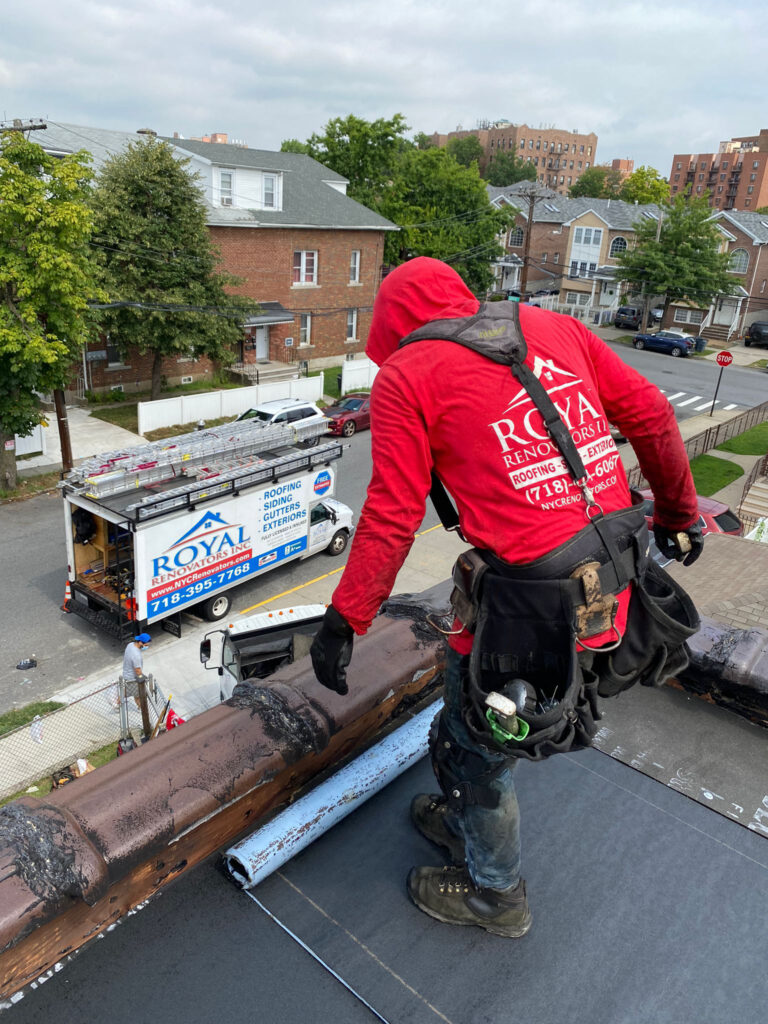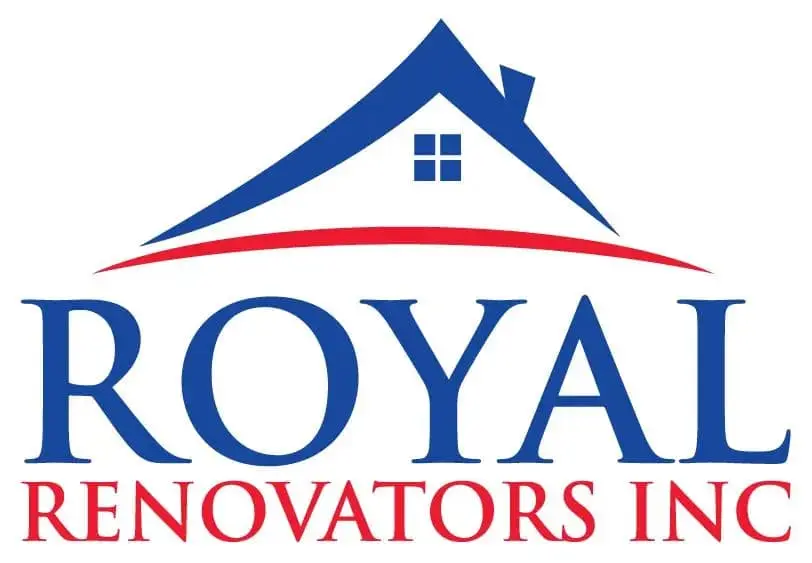Fire Safety And Flat Roofing: All You Should Know

Thanks to their space-saving design and sleek, contemporary look, flat roofing systems are all the rage. Nevertheless, flat roofs must be installed and maintained in a way that prioritizes fire safety. In order to make homes and businesses much safer, it’s important to know the dangers of fires caused by various roofing materials from a professional roofer and to take precautions.
Recognizing the Dangers of Fires
Modified bitumen, thermoplastic polyolefin, and ethylene propylene diene monomer are common materials used to build flat roofs. Many of these materials have fire resistance built into their construction, but that doesn’t mean they’re fully fireproof. Fire danger can originate from a variety of causes, such as:
- Internal sources: Fires that progress to the roof can be caused by equipment, electrical failures, or the incorrect storage of combustible materials within or around the building.
Materials that are resistant to fire
It is critical to select fire-resistant solutions when choosing materials for flat roofing. Class A, B, or C fire ratings are available for several roofing materials, indicating their resistance to fire. Buildings in areas prone to fires are typically advised to use Class A materials due to their high level of fire resistance. Examples of materials with high fire resistance include modified bitumen and PVC membranes. The roof’s resistance to heat and fire can be further increased by using a fire-resistant underlayment.
Ensuring Correct Setup and Regular Upkeep
Fire safety depends on more than just the materials used; it also depends on correct installation and routine maintenance. Hiring licensed roofers lessens the likelihood of unsafe installation practices that could lead to the spread of fire by sealing up any cracks or openings in the roof.
Cleaning the gutters and eliminating debris should be part of your regular maintenance. There is a high risk of fire caused by dried leaves, branches, and other organic matter that has accumulated. In addition, broken materials or malfunctioning equipment can be found and fixed with the help of regular inspections.
Precautions Against Fires
All structures with flat roofs must have fire protection features installed. Some ways to make things safer include these:
- Firebreaks: To help reduce the rate of fire spread, it is important to create zones that are free of combustible objects.
- Fire Sprinkler Systems: Adding a sprinkler system to your building might add an extra safeguard.
- Fire Alarms: Make sure the building has smoke detectors and fire alarms that work to alert people quickly in the event of a fire.
Summary
Flat roofing must not be disregarded when considering fire safety. Property owners can reduce the likelihood of fires by selecting fire-resistant materials, checking that the roof was installed correctly, and doing routine maintenance. Protecting the building and its inhabitants from fires is a top priority, and doing so also increases the roof’s lifespan.
Get in touch with us today at 118-35 Queens Blvd Forest Hills, NY 11375 (718) 414-6067 https://www.nycrenovators.com for professional guidance on flat roofing choices that are fireproof.
